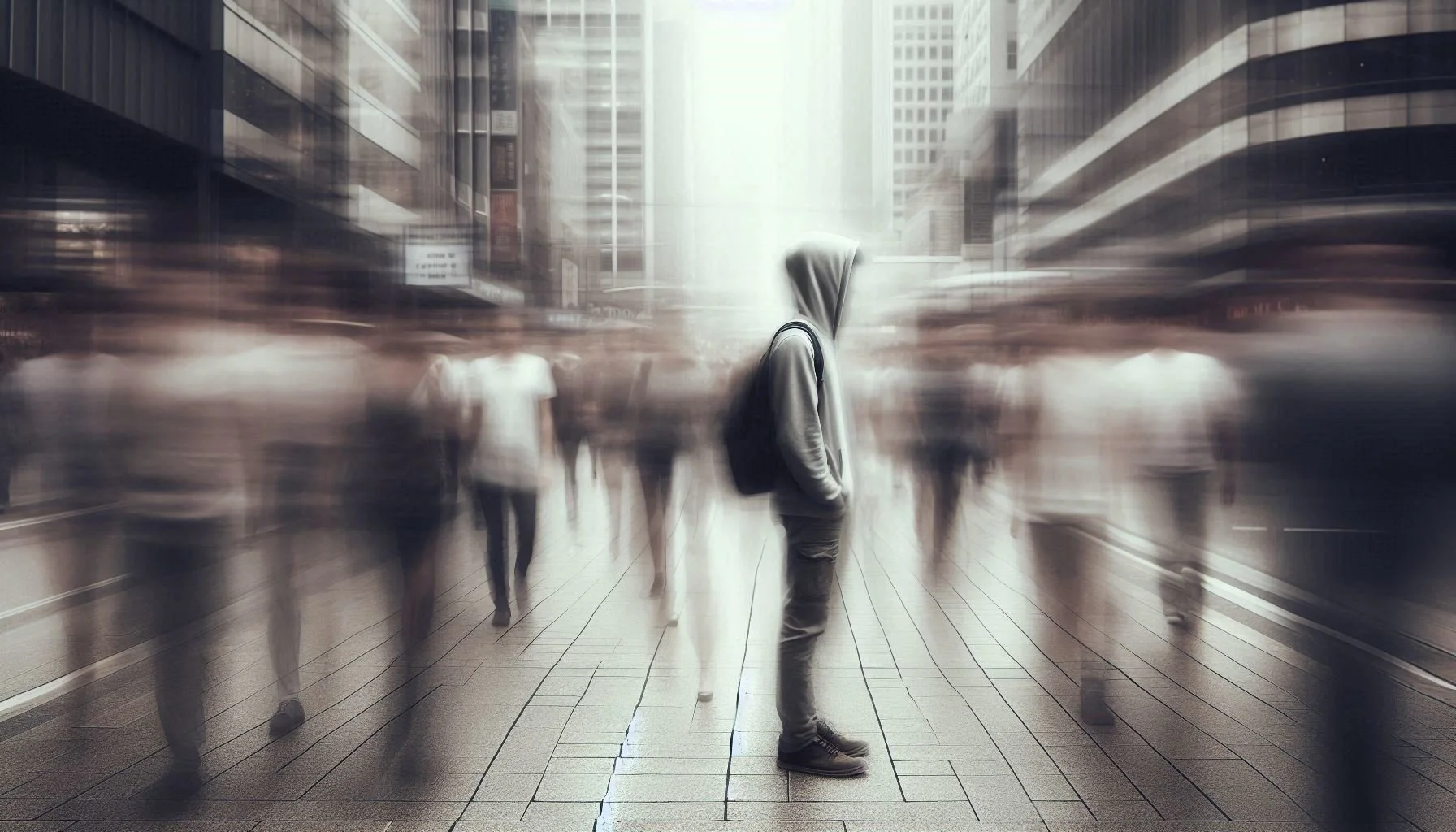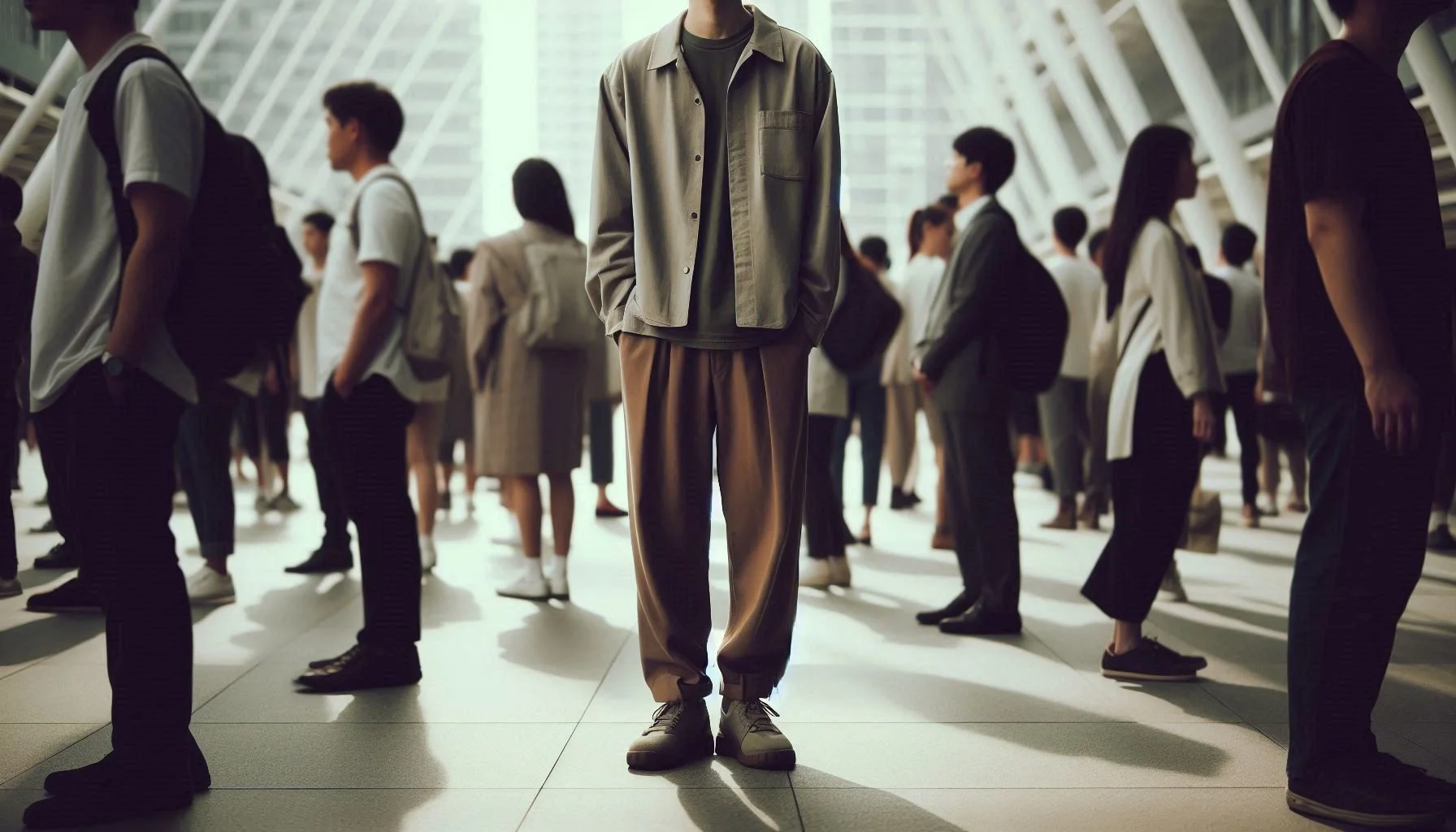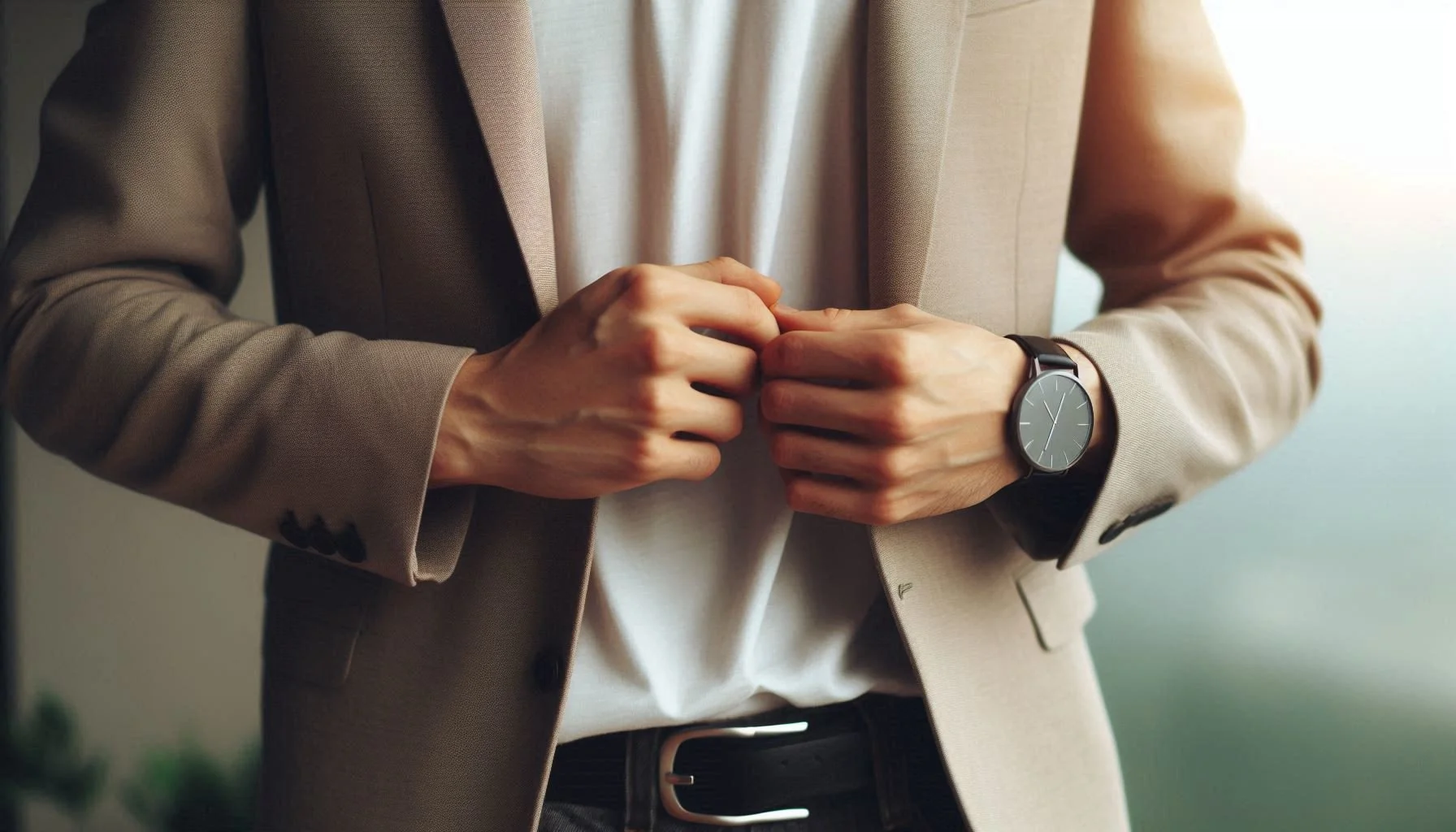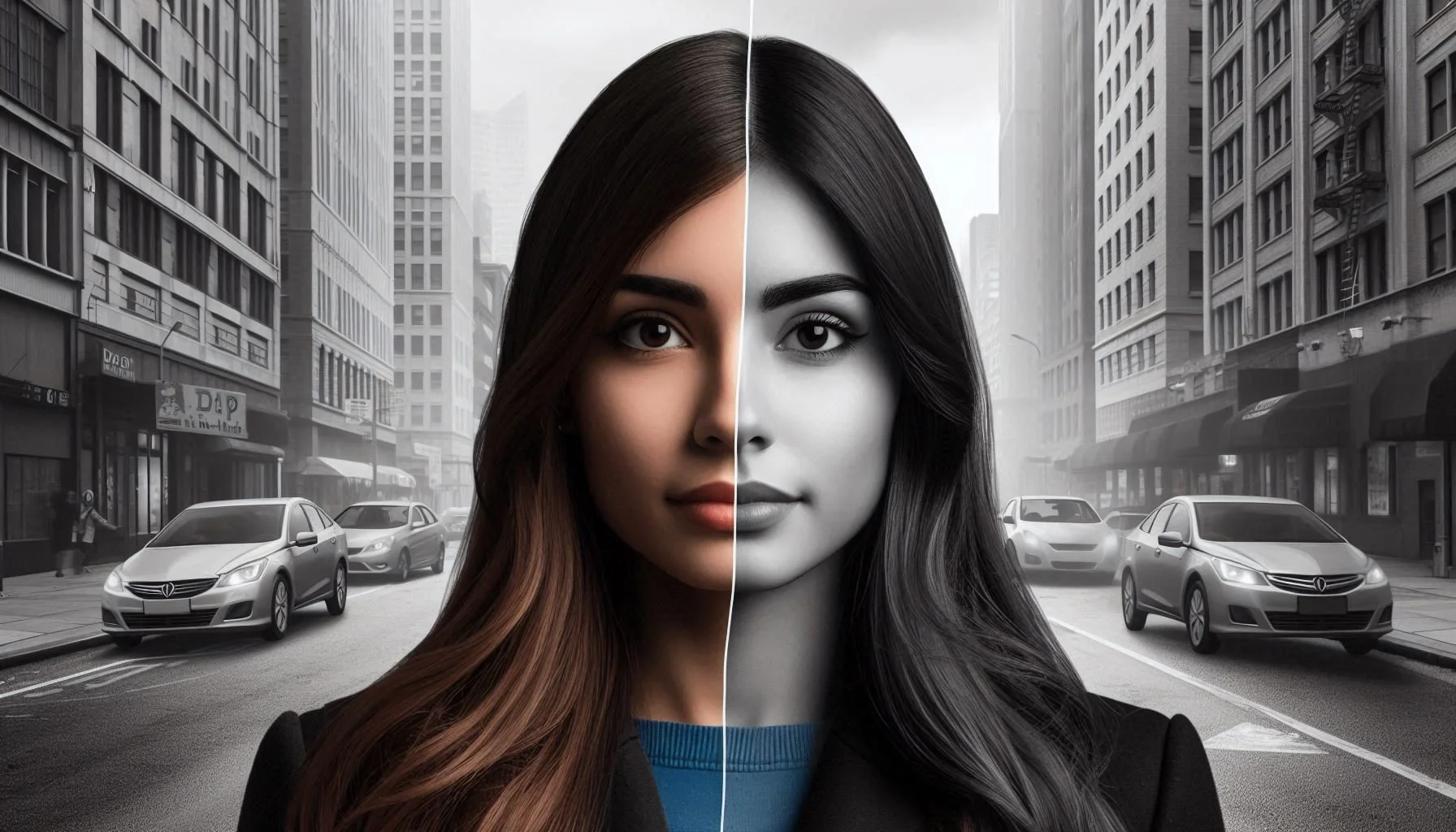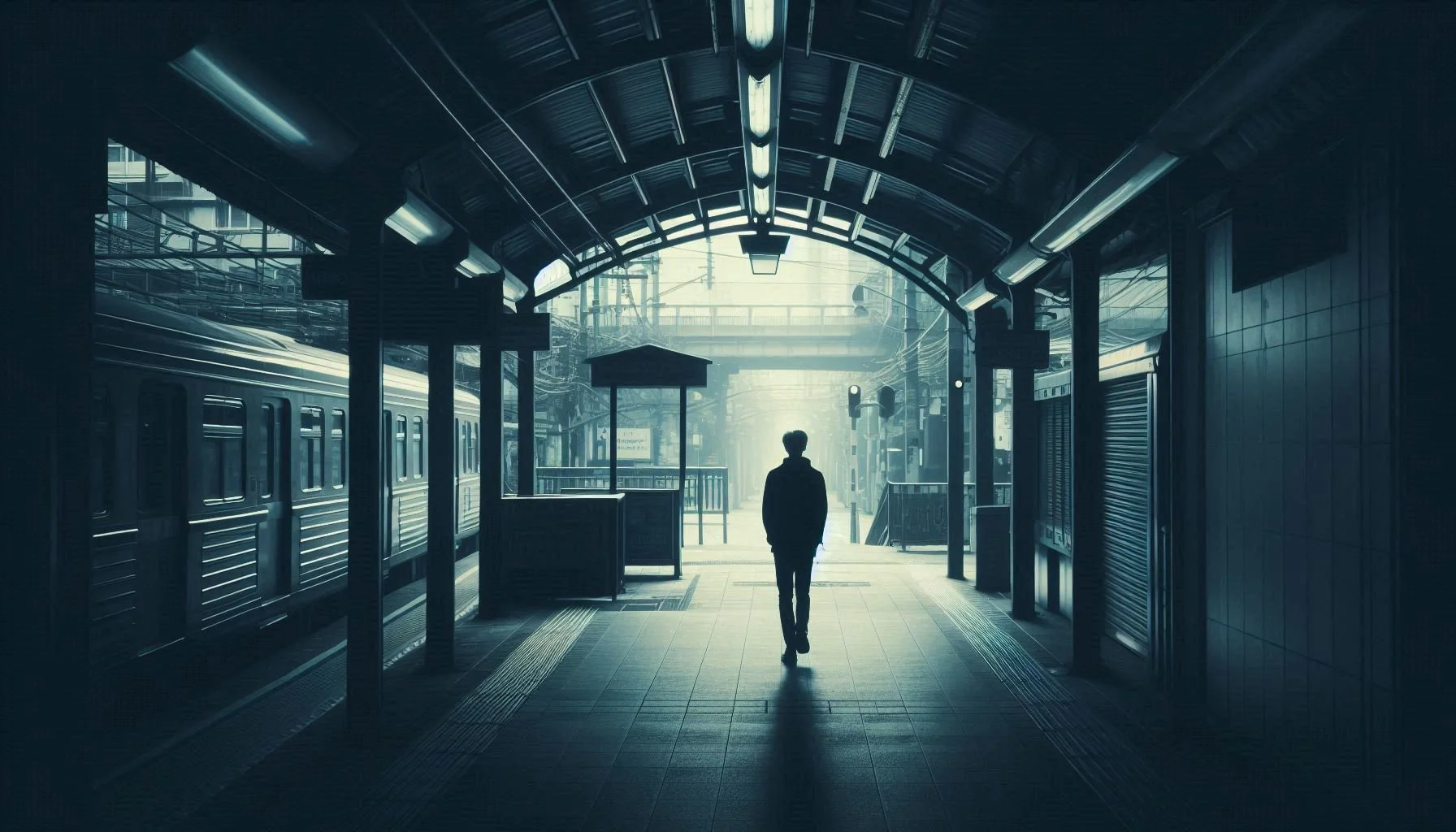Gray Man Behavior and Habits: How to Stay Invisible in a Crowd
Imagine a typical evening in a bustling city: you step out of the subway during rush hour, surrounded by hundreds of people hurrying home. Suddenly, you notice a suspicious group scanning the crowd, or you simply feel uneasy in a mass of strangers where anyone could pose a threat. In such moments, bright clothing or nervous movements can draw unwanted attention, but a calm, unremarkable walk lets you slip by, blending into the background. This kind of invisibility once saved a traveler in an unfamiliar neighborhood: they avoided becoming a target for robbers by simply “dissolving” into the crowd, unnoticed by gestures or glances.
As we’ve discussed in previous articles, The Basics of the Gray Man Concept and Myths and Realities of the Gray Man, the core principles are clear: neutral clothing, avoiding flashy accessories, and mimicking your surroundings help you become a “gray man”—someone nobody remembers. Today, we dive deeper into behavior and habits, because appearance is only half the equation. Without the right movements and routines, even perfect camouflage will give you away.
The thesis is simple: through controlled movements, body language, and daily routines, you can become truly invisible, turning inconspicuousness into an automatic habit. This is especially relevant for those already applying the basics from our earlier articles—now it’s time to integrate them into action. In a world of surveillance cameras, social media, and random conflicts, these skills not only enhance safety but also give you a sense of control over your life. Let’s break down how this works in practice.
A Brief Overview of Gray Man Principles for Context
Before diving into the details of behavior, let’s quickly recap the key principles of the Gray Man concept, as outlined in our previous articles. We emphasized that being a “gray man” isn’t about total anonymity or paranoia—it’s a deliberate choice to blend into the background. The main benefits are clear: heightened personal safety in potentially dangerous situations (from street conflicts to crises), preserving privacy in an era of digital surveillance, and avoiding unwanted interactions that could lead to trouble. For instance, our earlier articles showed how neutral clothing helps dodge the attention of robbers or aggressive passersby, while blending into the environment reduces the risk of becoming a target.
From a psychological perspective, crowds ignore “gray” people due to cognitive economy: the human brain filters information, focusing only on what stands out—bright, unusual, or threatening. Ordinary posture, standard movements, and a lack of emotional outbursts make you “uninteresting” to others’ subconscious scanning. Social psychology studies, like the “banality of evil” effect or observations of behavior in urban settings, show that 90% of people only notice anomalies: someone running, shouting, or staring directly into eyes. The Gray Man exploits this, becoming a statistical norm.
With these principles refreshed, let’s shift from appearance to actions and habits—these make inconspicuousness dynamic and effective. Appearance sets the foundation, but movements, gestures, and routines transform you into an invisible figure in real time. Next, we’ll explore how to control your body and integrate these skills into daily life to stay off the radar, even in motion.
Core Principles of Gray Man Behavior
With the basic advantages and psychological foundations in mind, let’s move to the heart of the matter—behavioral principles. These complement appearance, making you not just statically “gray” but dynamically unnoticeable. Behavior is a tool that lets you adapt in real time, leveraging crowd psychology. Let’s break down the key aspects step by step.
Movement and Gait
The foundation of inconspicuousness in motion is a moderate pace that blends with the flow of people around you. Don’t rush or dawdle: a fast gait signals stress or purpose, while a slow one suggests weakness or confusion, attracting predators in a crowd. Avoid abrupt gestures—waving arms, sudden stops, or head turns that might betray observation or nervousness. Instead, maintain a rhythm synchronized with your surroundings: if the crowd moves at 5 km/h (standard for city streets), match it.
Examples of crowd adaptation: during rush hour in the subway, move with the general flow, neither overtaking nor lagging, as if you’re part of the stream. In a shopping mall, avoid zigzagging through people—plan your route to prevent sharp maneuvers. For practice, start with park walks: observe how others move and mimic them to become an invisible part of the scenery.
Body Language and Facial Expressions
Body language accounts for 55% of communication, per psychologists, so a neutral posture is key to going unnoticed. Keep shoulders relaxed, hands along your sides or in pockets (without aggressive crossing), and back straight but not rigid—this projects confidence without dominance. Avoid memorable eye contact: brief glances (1-2 seconds) to the periphery, not direct stares, which can be perceived as a challenge or interest.
Controlling emotions is an art: a smile or grimace can reveal joy, fear, or anger, making you noticeable. Practice a “poker face”—a neutral expression like that of background passersby. For example, in a store queue, don’t sigh loudly from boredom or smile at your phone—this draws eyes. Over time, this becomes a habit, integrated with clothing: a gray hoodie may hide your posture, but the wrong expression ruins it.
Interaction with the Environment
Mimicking local behavior is about blending into the context, where time of day, weather, and culture set the rules. During the day in a business district, emulate the brisk but non-chaotic walk of office workers, perhaps with a briefcase. In the evening in a residential area, adopt the relaxed pace of locals heading home. Weather matters: in drizzle, tilt your head under an umbrella like everyone else, avoiding flashy gestures; in heat, remove a jacket discreetly, without making a show.
Integration with clothing from previous articles is critical: neutral colors (gray, beige) amplify the effect if behavior aligns. For example, in a tourist area, don’t stand with a map in hand—use your phone discreetly, like a local. This creates harmony: clothing conceals, and interaction disguises, making you part of the local “code”—whether it’s a nod in a village or avoiding chatter in a big city.
Observation and Reaction
Observation isn’t paranoia but subtle scanning: use peripheral vision and reflections in windows to monitor your surroundings without turning your head sharply. The SLLS technique (Stop, Look, Listen, Smell) is a simple situational awareness method from survival and military tactics, helping the Gray Man assess the environment without drawing attention. First, stop for a routine action, like checking your phone or tying a shoelace, to avoid looking suspicious. Then, look around using peripheral vision or window reflections, scanning for anomalies, threats, or exits. Add listening to sounds—footsteps, conversations, or unusual noises—and smelling for odors like smoke or chemicals that may signal danger. In the context of inconspicuousness, this technique integrates with neutral behavior, allowing you to react proactively without breaking your “gray” profile.
Avoid the victim role (hunched posture, avoiding eyes) or aggressor role (wide gait, direct eye contact)—balance in the middle. React minimally: if you notice someone following, change your route smoothly by entering a shop, not running. This conserves energy and avoids attention. In a crowd, scan for anomalies—those who stand out become targets, while the Gray Man reacts, staying gray.
These principles form the foundation we’ll build into daily habits next. Apply them consistently, and inconspicuousness will become second nature.
Daily Habits for Inconspicuousness
The behavioral principles above become truly effective when they turn into daily habits. These aren’t one-off tricks but routines integrated into life, complementing appearance and movements. The Gray Man doesn’t “switch on” inconspicuousness—they live it. Let’s explore how to apply these skills in typical situations, making them automatic for enhanced safety and privacy.
In Transport and on the Street
In public transport or on the street, the key is positioning and attention that doesn’t stand out. Sit or stand in a neutral pose: back to a wall if possible, feet shoulder-width apart for stability, hands uncrossed to avoid looking defensive. Avoid spots near entrances or exits where attention gathers—choose the middle of the carriage or sidewalk.
Where to look: at the floor, window, or into the distance, using peripheral vision for scanning, not direct gazes that might signal interest. Avoid gadgets—smartphones make you vulnerable (they distract and signal valuable items); instead, keep hands free or hold a book/newspaper like a typical passenger. Routine routes help: vary them occasionally but not chaotically—stick to one path for a week, then adjust to avoid traceable patterns. For example, in a bus, sit facing the direction of travel but not too close to others, maintaining a “bubble” of personal space without aggression.
In Public Places
In cafes or stores, choosing a spot is strategic: sit with your back to the wall, facing the entrance (as in the observation principle), but not in a prominent spot like near a window where you’re visible from the street. Avoid the center of the room—opt for corners or the periphery where you blend into the setting.
Queue behavior: stand calmly, don’t sigh or fidget—this signals impatience and draws eyes. Keep a 1-1.5-meter distance, mimicking local norms. Paying with cash is a Gray Man golden habit: cards leave a digital trail, while coins/notes are anonymous; always carry small change to avoid flashing a wallet. In a store, don’t haggle loudly or inspect items too closely—buy quickly like an ordinary customer, integrating the neutral gait from earlier principles.
Online and Digital Habits
The Gray Man doesn’t separate offline and online—digital habits extend physical inconspicuousness. In social media, act minimally: don’t post locations, face photos, or routines (e.g., “just in the subway”); use anonymous accounts without real data, and even then, rarely. Avoid digital footprints: use a VPN for browsing, clear cookies, and don’t scan QR codes in public places unless necessary—they can link your phone to a location.
The connection to offline behavior is critical: if you’re unnoticeable on the street, don’t ruin it with a cafe selfie. Instead of using gadgets on the go, use them discreetly (e.g., offline maps prepared in advance). Habit: weekly check your digital footprint via search engines, deleting excess. This complements body language—online restraint hides your physical presence from tracking.
Nighttime and Extreme Scenarios
Evening walks require heightened adaptation: stick to lit areas but avoid standing directly under streetlights where shadows make your silhouette noticeable; maintain a moderate pace, avoiding dark alleys. In travel, plan routes in advance, mimicking locals—carry local newspapers or listen to typical music quietly through earphones.
Habits for crisis moments: in a crowd during a protest or accident, don’t panic—move with the flow, scanning exits discreetly. In extreme situations (e.g., losing your way), pause in “safe” zones like benches, as if waiting for someone. Always have a “Plan B”—an alternate route or cash. This integrates all principles: neutral expressions during stress and movements that don’t mark you as a victim or hero.
These habits, gradually adopted, will make inconspicuousness part of your day.
Practical Exercises, Examples, and Common Mistakes
The habits we’ve discussed don’t come naturally—they need to be trained like any skill. Here, we shift from theory to practice: we’ll cover steps for self-improvement, hypothetical examples where behavior complements appearance, and common beginner mistakes. The goal is to make inconspicuousness intuitive, integrating with principles from previous articles. Start small, and in a month, you’ll notice the crowd simply “glides” past you.
Training Steps
Training begins with role-playing: grab a friend or partner and simulate scenarios—like a “crowd walk” where one observes and the other tries to be unnoticeable. Evaluate each other: is the gait moderate, are gestures minimal? Start at home: walk around a room, mimicking a “gray” posture in front of a mirror, recording emotions on video for self-analysis.
Video self-analysis from cameras is a powerful tool: record yourself on a smartphone during a real street walk or in transport (without invading others’ privacy). Review it: are you staring directly at passersby? Fidgeting with your phone nervously? Repeat weekly, adjusting—for example, slow your pace if it’s too fast. Add complexity: practice in varied contexts like nighttime streets or stores, combining with clothing that matches the place and context.
Hypothetical Examples
Here are hypothetical examples where behavior perfectly complements appearance. One traveler in a big city (neutral backpack and gray clothing) avoided robbers: instead of panicking, they calmly changed direction, scanning with peripheral vision, and “dissolved” into the flow like a local. The behavior—neutral gait without gestures—made the camouflage effective; without it, the clothing wouldn’t have saved them.
Another case: a woman in a cafe during a tense meeting (basic, non-branded clothing) maintained privacy by sitting with her back to the wall, with neutral expressions and minimal movements. When a conflict erupted nearby, she quietly left, unnoticed—the habit of observing without reacting complemented her appearance, turning her into a “background” figure. These examples show: appearance conceals, but behavior disguises in motion.
Mistakes and How to Fix Them
The most common mistake is nervousness: trembling hands, frequent backward glances, or sighing make you noticeable, even in gray clothing. Fix: practice breathing exercises (inhale for 4, hold for 4, exhale for 4) before heading out to control emotions.
Mismatch between habits and clothing: for example, wearing gray or beige but waving arms or slouching creates a contrast that draws attention. In reality, clothing doesn’t always need to be gray, black, or blue: choose what matches the environment and locality (e.g., brighter tones in tourist zones or work colors in industrial areas). Fix by integrating: train posture in a mirror to align movements with clothing, and always adapt style to context.
Context mismatch: in a business district, walking slowly like a tourist is an anomaly. Fix: observe local norms in advance, adapting pace and mimicry. If you err, adjust smoothly without abrupt changes.
By avoiding these mistakes through regular practice, you’ll achieve mastery.
Conclusion
To sum up our article, the key Gray Man habits are controlling movement and gait at a moderate pace, neutral body language with minimal emotions, adapting to the environment in transport, public places, and online, and discreet observation in extreme scenarios. Together, they form a complete system: clothing hides the static, while movements and routines conceal the dynamic, enhancing safety and privacy in daily life.
Don’t delay—start integrating these habits into your daily life today: pick one scenario, like a transport ride, and practice a neutral posture for a week. Through training, like role-playing or self-analysis, it will become automatic, complementing the basics from previous articles.
The Gray Man isn’t a temporary trick but a lifestyle that grants freedom: freedom from unwanted attention, fears, and constraints, letting you move through the world on your terms. You’ll gain control without sacrificing comfort.
Looking for more? Check out our other pieces on gray man, bugout, and prepper skills
The Psychology of the Gray Man: How to Disappear in a Crowd
How to Disappear Without a Trace: Safety Techniques
How to Avoid Unwanted Questions - Smart Communication Strategies
Stealthy Movement Routes - How to Plan Paths for Avoiding Danger
Ethics and Morality: When Being a "Gray Man" Can Be Helpful or Dangerous
The Digital Shadow in a World of Surveillance. Honest review of NordVPN
Honest Review of Surfshark VPN: How It Can Assist in Grayman, Prepper, and Bugout Approaches

